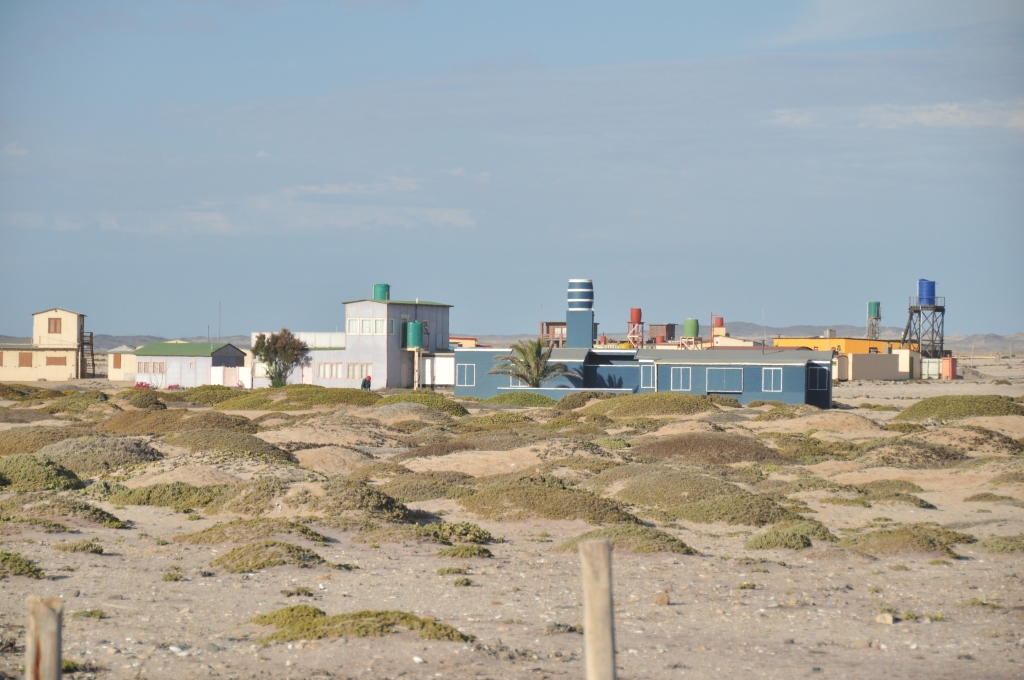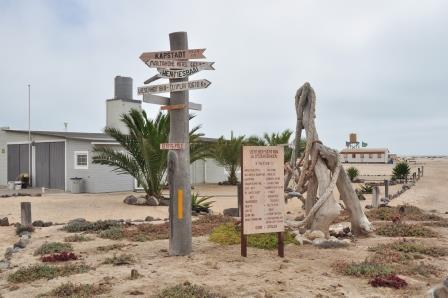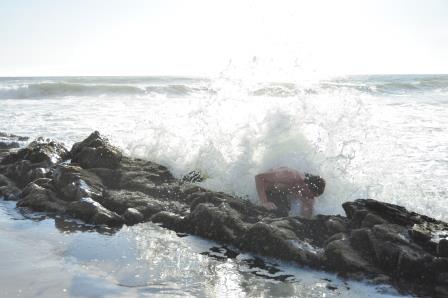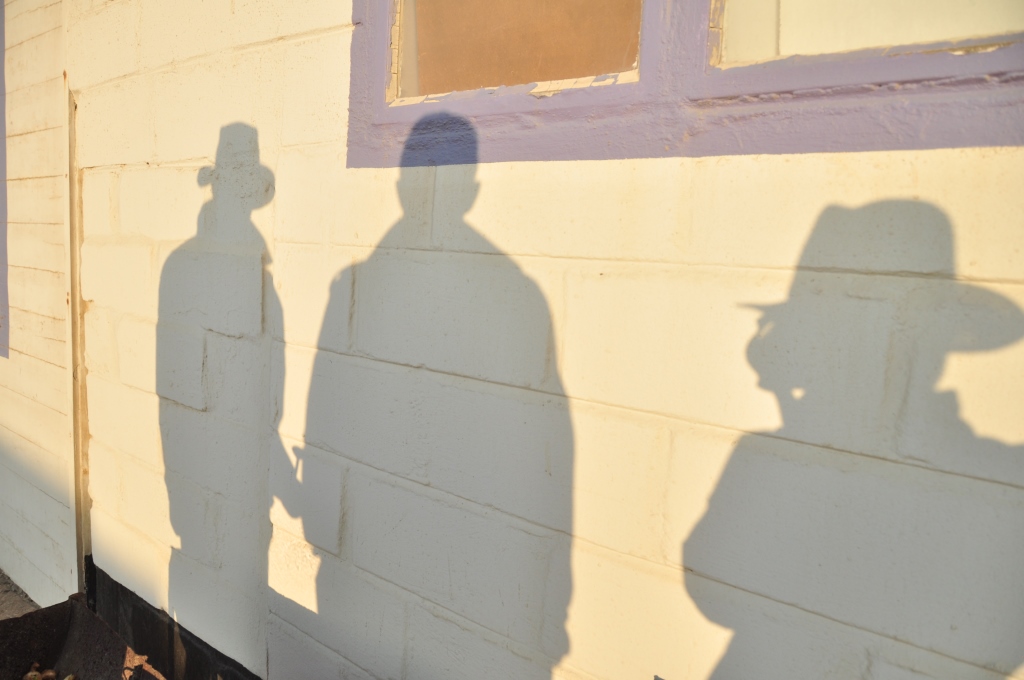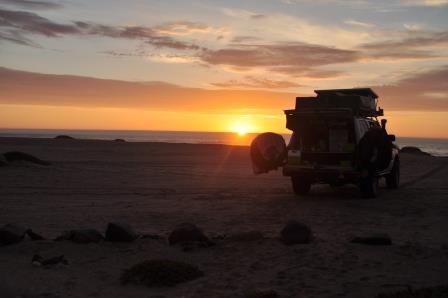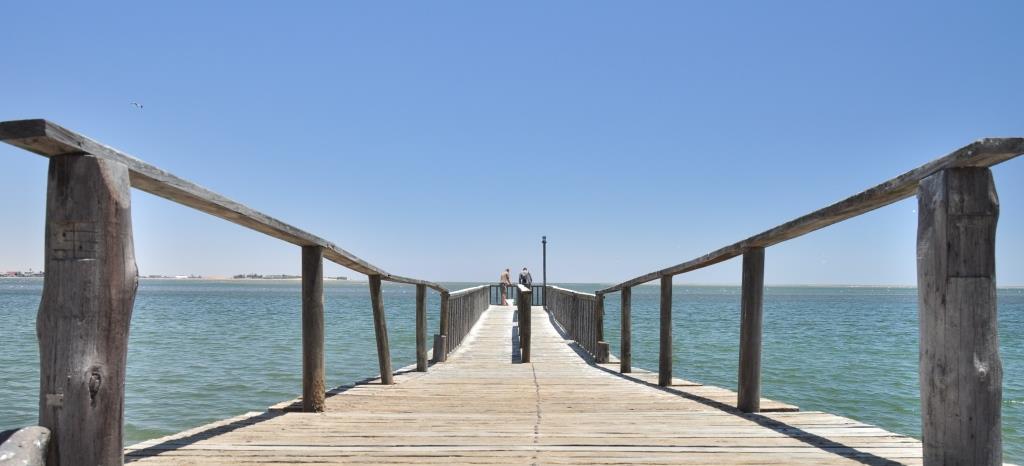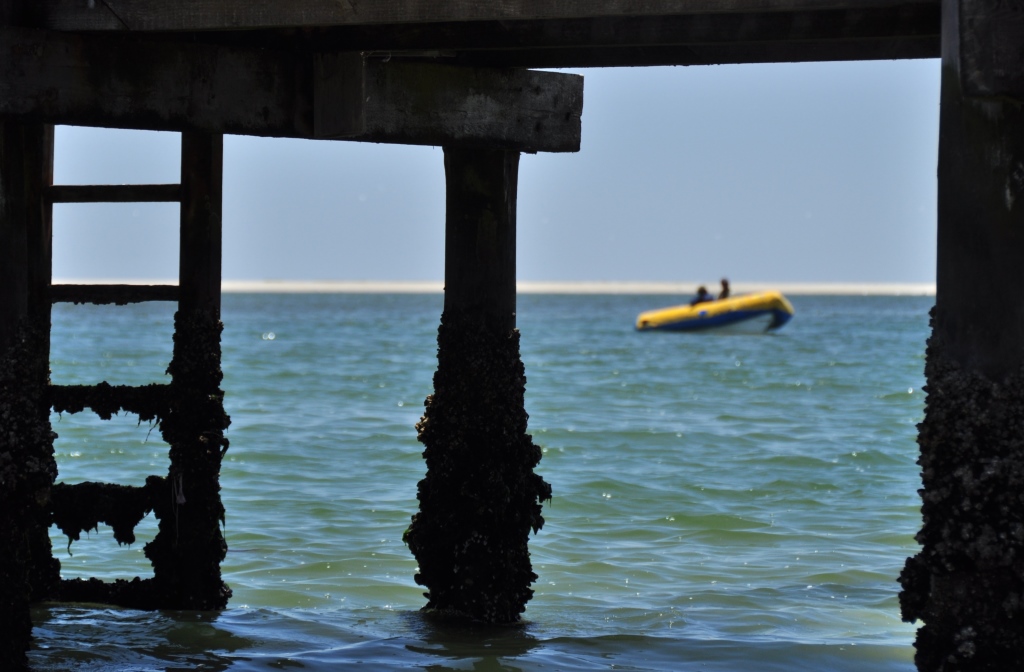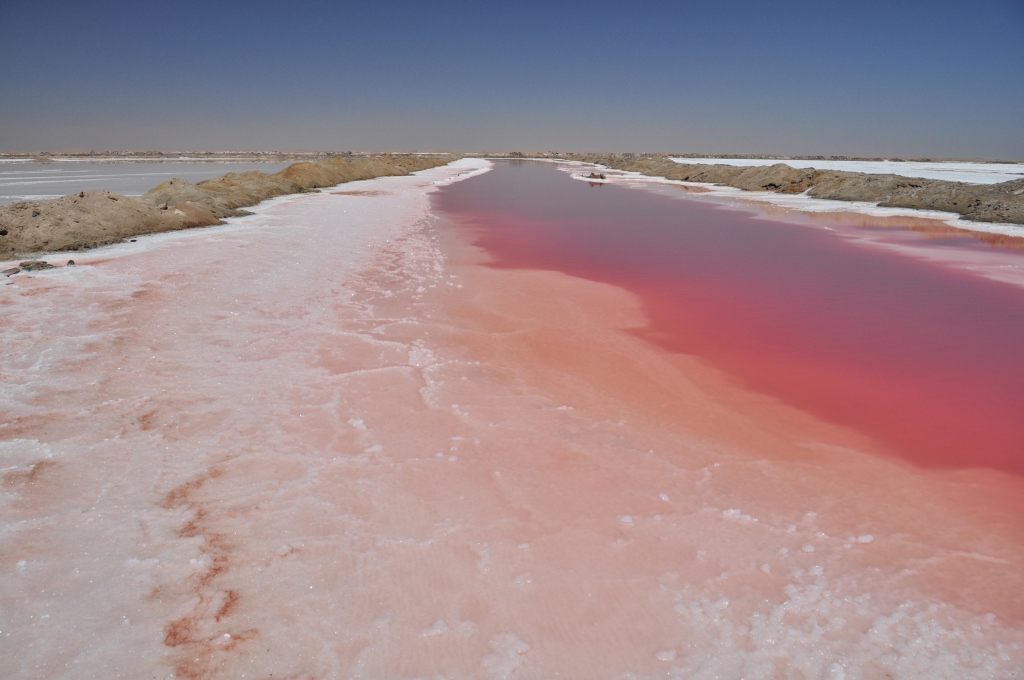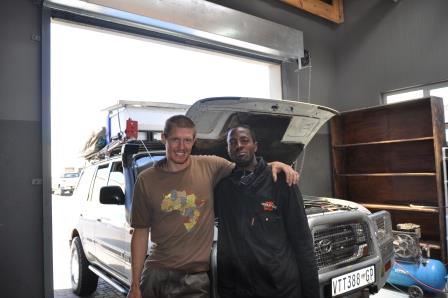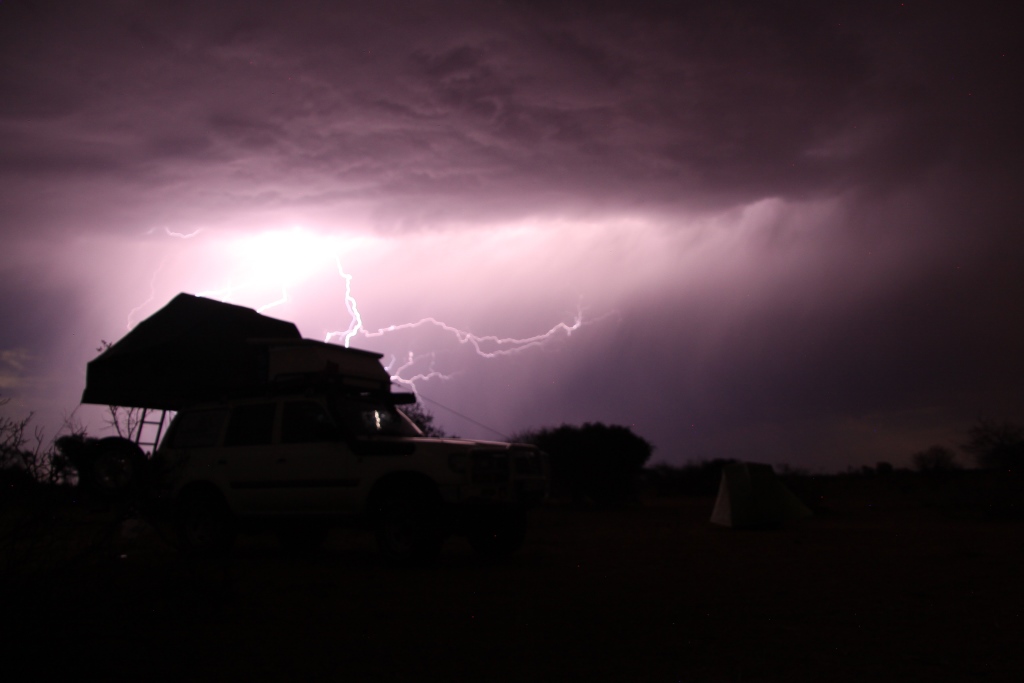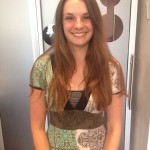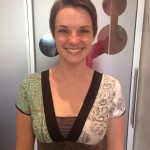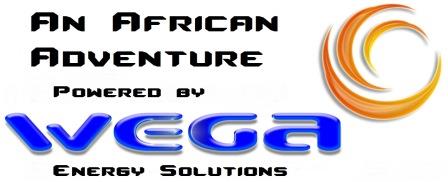Our first destinations in Botswana were the Khutse and Central Kalahari Game Reserves. Both reserves are renowned for their isolation, sparse game sightings and the difficult driving conditions. During our four day stay in these two reserves we can only confirm all of these.
That first day in Khutse presented us with a completely unexpected sighting of a very fat and healthy pride of lions at the Molose Waterhole. With a total of 7 cubs of varying ages, the small pride were obviously better at spotting – and capturing – game than we were. 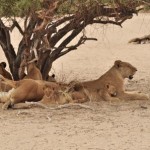
Driving north from Khutse into the Central Kalahari we put our Cruiser through her paces and finally came up with an apt name for our car. And so our “Rock Rabbit” was christened in soft Kalahari sand.
W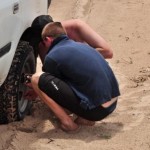 ithout Mike’s help Chris and I would not have taken this route. The very real dangers of getting stuck in such a remote area with very limited supplies of water are definitely not to be underestimated. However, we did have Mike with us and his years of experience as a game ranger helped us to learn; and to learn the hard way. Getting stuck in the sand in the Kalahari Desert gives you a very good reason to pay attention to your teacher and to not make the same mistake twice!
ithout Mike’s help Chris and I would not have taken this route. The very real dangers of getting stuck in such a remote area with very limited supplies of water are definitely not to be underestimated. However, we did have Mike with us and his years of experience as a game ranger helped us to learn; and to learn the hard way. Getting stuck in the sand in the Kalahari Desert gives you a very good reason to pay attention to your teacher and to not make the same mistake twice!
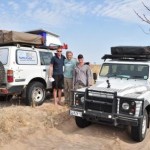 In between getting stuck we managed to meet the only other visitor in the park.Günther turned out to be an Austrian from Graz. Travelling alone with his rented Land Rover, running low on diesel he was doing the very scary trip alone. A world traveller, this trip was his first time to Africa and the first time he was driving a car! Usually travelling via bike, this is the one trip he couldn’t make without a car.
In between getting stuck we managed to meet the only other visitor in the park.Günther turned out to be an Austrian from Graz. Travelling alone with his rented Land Rover, running low on diesel he was doing the very scary trip alone. A world traveller, this trip was his first time to Africa and the first time he was driving a car! Usually travelling via bike, this is the one trip he couldn’t make without a car.
After saying goodbye to Günther, we continued our journey north to the Bape campsite. To say the least this stretch of road was exciting. Presenting us with all the adventure and adrenaline we could take for a day. To top it all off our fuel was quickly running out. The following day we carried on to the Xade gate of the Central Kalahari Game Reserve, having been told that the worst was behind us and that the roads would get better after Bape… Although the road was minimally better, we all sat on pins and needles until we reached Xade. We had used up all our fuel, including two full Jerry cans. We coasted into the campsite on fumes, 40KM after our petrol light had come on.
Thankfully the guys at the Xade camp were very friendly and helpful and they went out of their way to refill our two Jerry cans for us. Thus we spent an unplanned night at the Xade campsite, waiting for Johnson and Umpuli to return from their rounds and our petrol.
This unplanned stop turned out to be worthwhile, as lions started roaring just after the sun had set. Throughout the early evening the calls came from varying directions, meaning that the pride was on the move. After things started to quiet down we decided to get to bed. We woke again shortly after to find that the lions had decided to take a shortcut through our camp with one young male passing within 5m of Mike’s tent. We watched from our tents as the lions ghosted through the moonlit night of the Kalahari Desert.
After spending the morning repacking the car, we refilled the car with the precious fuel and hit the road to Ghanzi. We still had 180 KM to go to the next petrol station and the road leading to it was the worst of the whole stretch. The car almost rolled a few times on the soft, loose sand and the added stress of having to watch the fuel gauge made it a road to remember.
Needless to say, the car did not roll, we made it through safe, sound and much wiser. The Kalahari is a spectacularly beautiful place, but very isolated and with very little visible game. Besides the two very lucky viewings of the obviously successful lion prides, we saw almost no other big game. We did spot lots of birds, lizards, agamas and various other small critters usually overlooke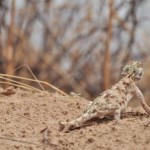 d.
d. 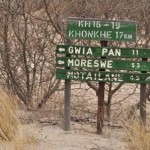
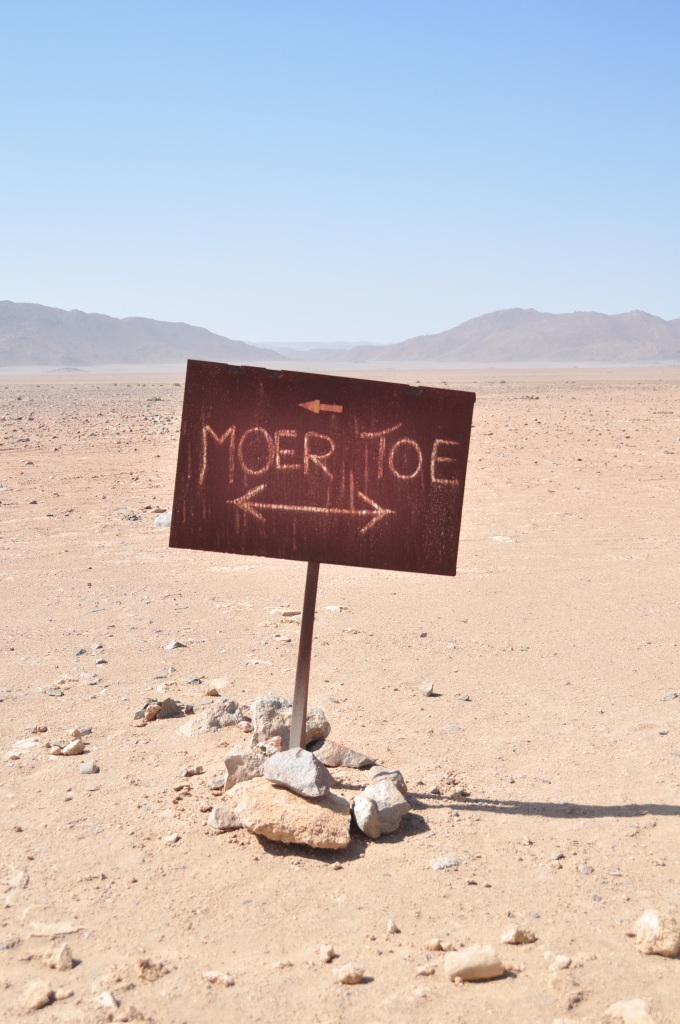
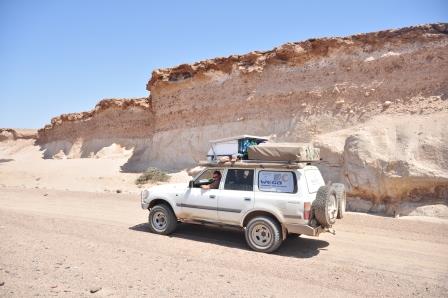
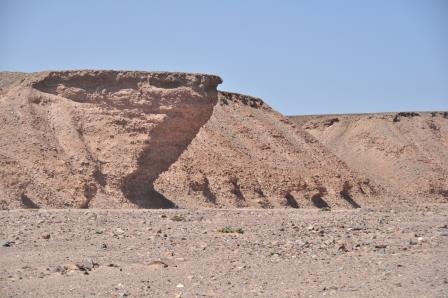
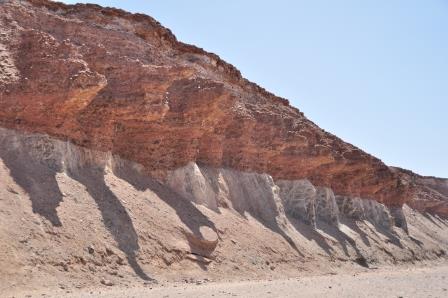
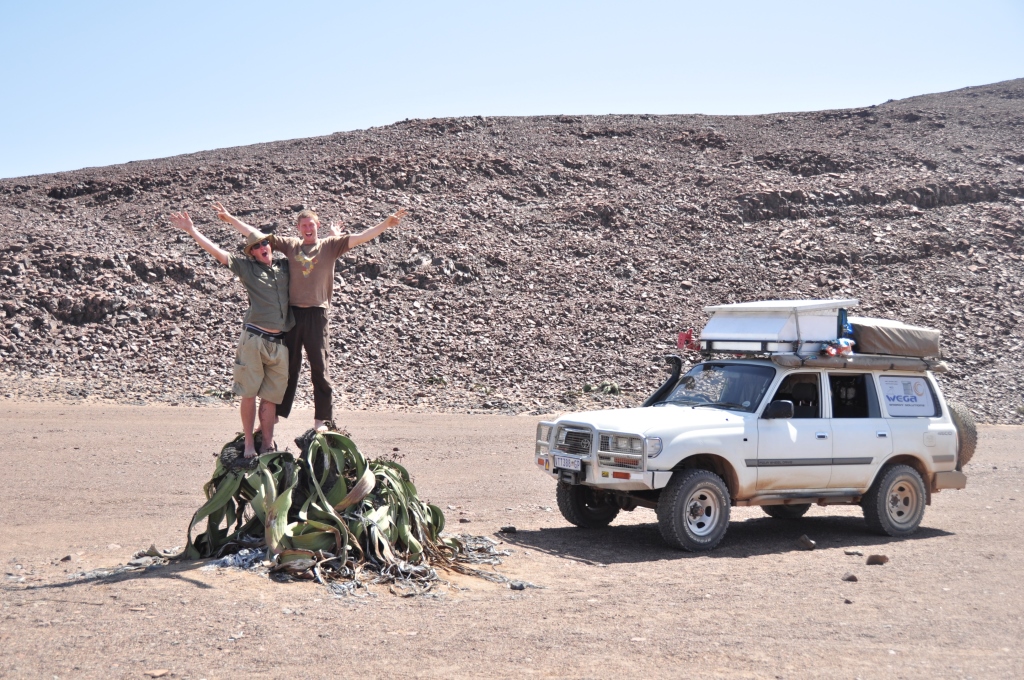
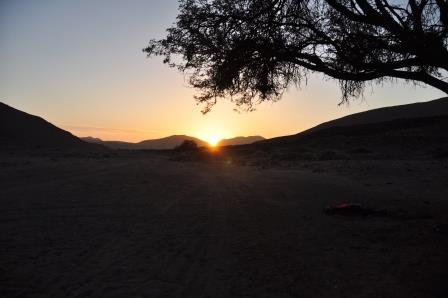 top To Do list.
top To Do list.


